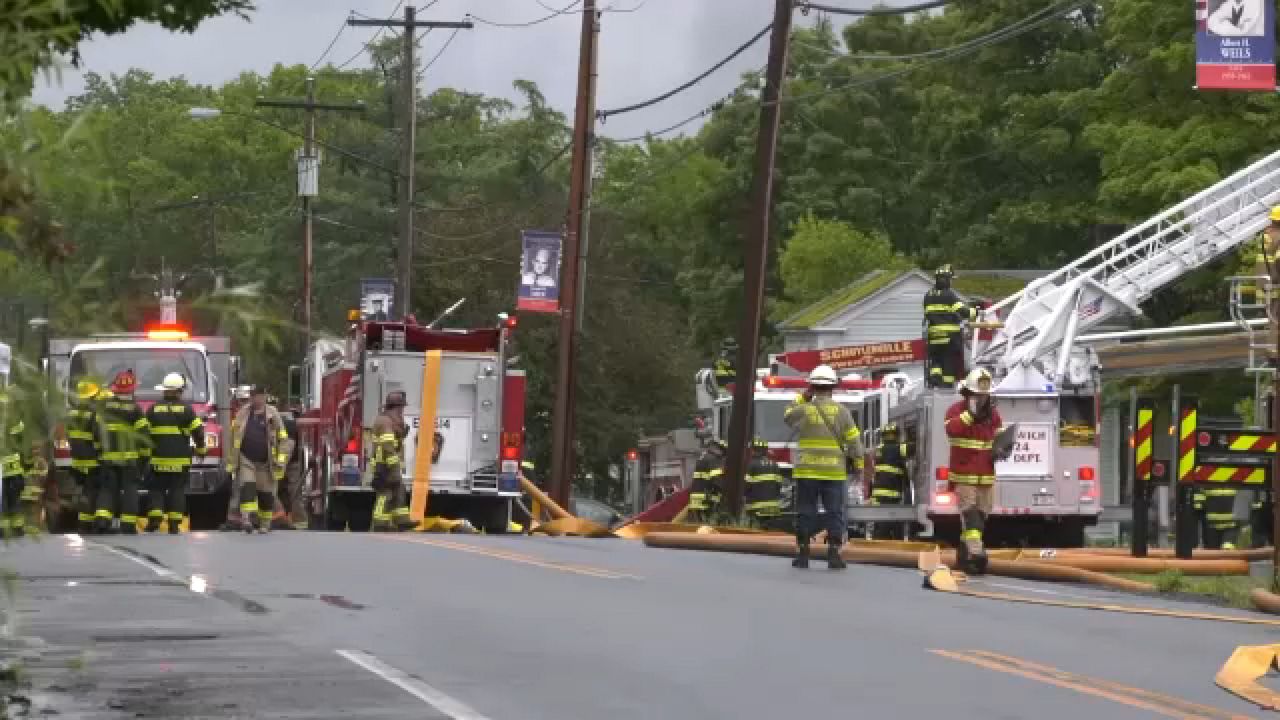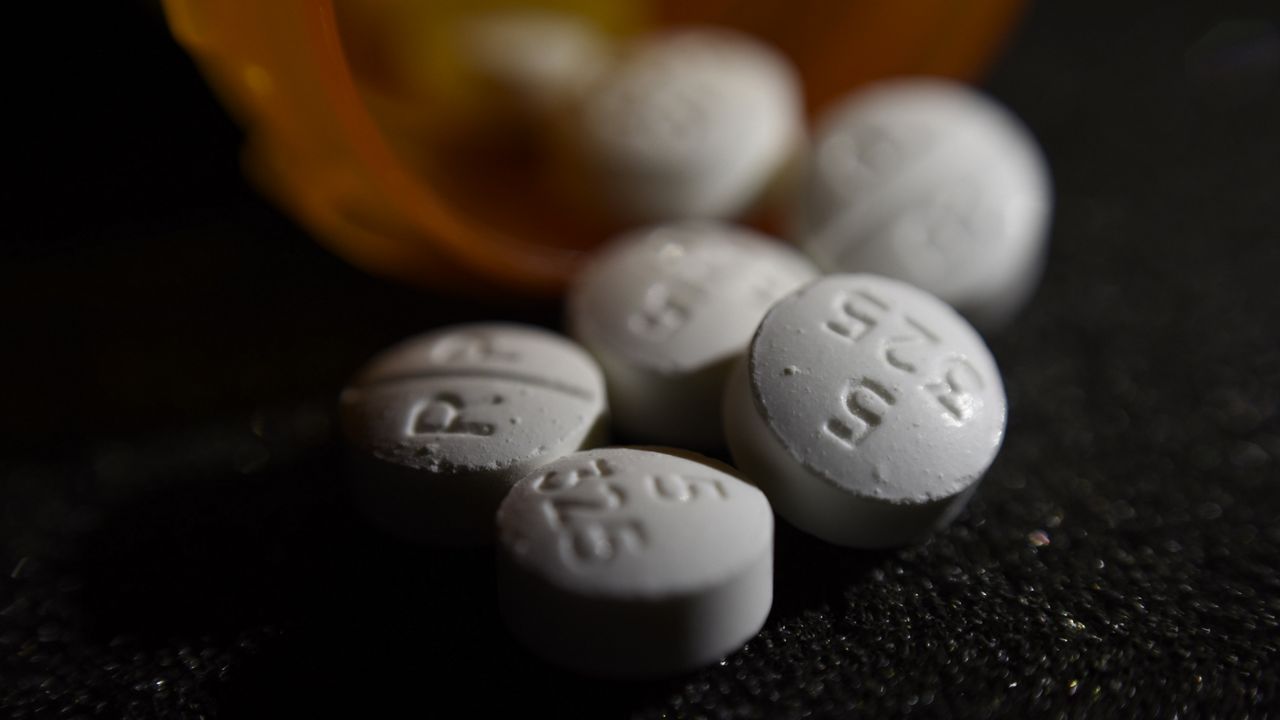Chemist Igor Lednev has spent more than a decade fighting crime in his lab. He’s developing a laser-based technology to quickly analyze crime scene evidence.
A laser is shined on the sample and it produces scattered radiation, which is similar to a fingerprint. Then AI technology analyzes it. This technology can be used on DNA samples to get a complete DNA profile of the suspect, which can typically take time to compile, but with this new method, developers say it’s almost instantaneous.
“Police will get all this information immediately after discovering the crime scene. And it's well known that if a perpetrator is apprehended during the first hour of crime scene discovery, then it will take much longer," said Lednev, also a University at Albany professor.
Developers say the technology can also analyze gunshot residue, which could identify aspects of a gun, such as the make and model, as well as the type of ammunition used. Lednev says current methods police use to detect gunshot residue are expensive and have limitations on the types that can be detected.
“Our method is based on a very different approach. First of all, we are using much less expensive technology. And we can detect all gunshot residue, all 100%," Lednev said.
The U.S. Department of Justice awarded Lednev a grant of more than $500,000 to support his work for the next five years. He’s also collaborating with police and forensic scientists from across the state.
“Forensic science is a very conservative field because forensic scientists need to report their discoveries to court. And all new methods should be very well validated and accepted by [the] forensic community," Lednev said.
The end goal, Lednev said, is to get the technology into a portable device that police can take with them to crime scenes.












